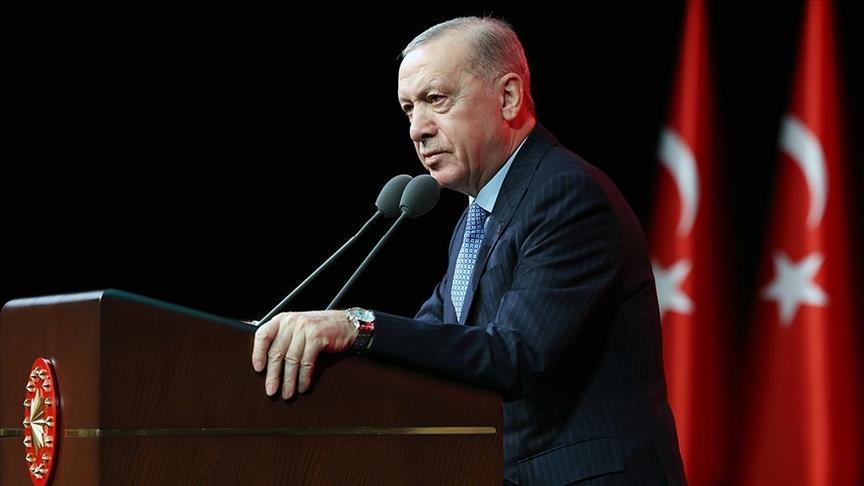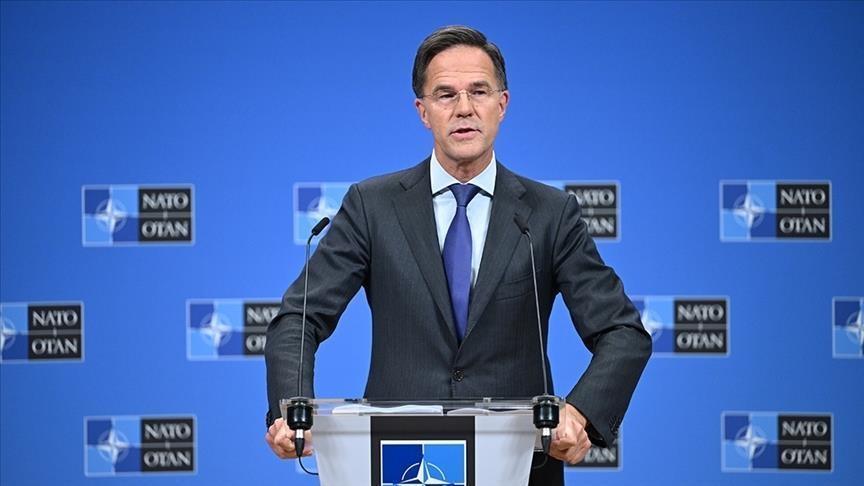Citi waits for a lifeline
Bloomberg

refid:10426682 ilişkili resim dosyası
The U.S. government may step in to rescue Citigroup. after a crisis in confidence erased half the bank’s stock-market value in three days, according to investors and analysts.
Citigroup’s $2 trillion of assets dwarfs companies such as American International Group that got support from the U.S. government this year. Treasury Secretary Henry Paulson and Federal Reserve Chairman Ben S. Bernanke may favor a rescue to avoid the chaotic aftermath of the Lehman Brothers bankruptcy in September.
"Citi is in the category of ’too big to fail,’" said Michael Holland, chairman and founder of Holland & Co. in New York. "There is a commitment from this administration and the next to do what it takes to save Citi."
One option is for the Federal Reserve and U.S. Treasury to create a special vehicle to purchase bad assets from Citi. The Fed has already erected several such funds, such as the Commercial Paper Funding Facility, to provide liquidity to the financial system. Typically, the Treasury would provide some first-loss equity or insurance fee, such as $50 billion provided to the CPFF, to protect the central bank and give the fiscal authority a stake.
The arrangement allows the Fed to leverage the money provided by the Treasury with loans, enabling the purchase of assets worth a multiple of the money. Funding the purchases with loans makes them less onerous to the U.S. budget.
"That is the working relationship they have settled into with the Fed providing $1 trillion of the funding and the Treasury providing the equity tranche," said Lou Crandall, chief economist at Wrightson ICAP in Jersey City, New Jersey.
A busy Friday
Citigroup management and some board members discussed "several options" for the company in a series of phone conversations with Paulson and New York Federal Reserve Bank President Timothy Geithner Friday, the New York Times reported, citing unidentified people involved in the talks.
Among those options were the possible replacement of Chief Executive Officer Vikram Pandit, a public endorsement of Citigroup by the government or a new financial lifeline, the Times said.
While Citigroup executives say the company has adequate capital and liquidity to ride out the crisis, its tumbling share price may shake the confidence of creditors, clients and rating companies. A similar scenario played out at Lehman, when Chief Executive Officer Richard Fuld declared the firm was "on the right track" five days before bankrupcy.
"The market may be implying some sort of regulatory intervention," Jason Goldberg, an analyst who works at Barclays Capital in New York, wrote in a note to clients Friday. "In situations where the government has stepped in, the equity holders have not fared well."
Pandit told employees Friday that he doesn’t plan to break up the company, aiming to reassure workers as the stock resumed its skid. Citigroup shares dropped 20 percent to $3.77 Friday, giving the company a market value of about $21 billion.
Pandit and Chief Financial Officer Gary Crittenden, speaking on a worldwide conference call Friday, also said they don’t expect to sell the Smith Barney brokerage unit.
Once the biggest U.S. bank, with a market value of $274 billion at the end of 2006, Citigroup has now slipped to No. 5 behind Minneapolis-based U.S. Bancorp. A plan by 51-year-old Pandit this week to cut costs by shedding 52,000 jobs and an endorsement by billionaire Saudi investor Prince Alwaleed bin Talal did not assuage shareholders’ concern that bad loans and securities writedowns may extend a yearlong run of net losses totaling $20 billion.
"To be consistent with the last few government interventions, I don’t think Citigroup is going to be allowed to fail," said William Fitzpatrick, an analyst at Optique Capital Management, which oversees about $1 billion. "This company’s too intertwined with the financial system to allow deterioration."
On the call Friday with employees, Pandit said the company’s capital and liquidity are strong.
Including a $25 billion capital injection from the U.S. Treasury under the $700 billion Troubled Asset Relief Program, the company has at least $50 billion of capital above the amount required by regulators to qualify as "well capitalized."
Capital is the cushion banks must keep to absorb losses and protect depositors.
Deutsche Bank analyst Mike Mayo wrote in a report that the bank’s $25 billion of reserves, when combined with other resources, "should be enough to cover estimated cumulative losses of $50 billion on loans."
















